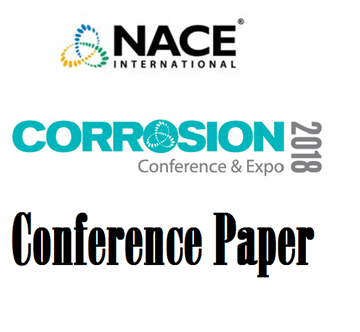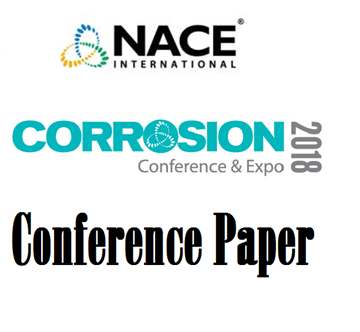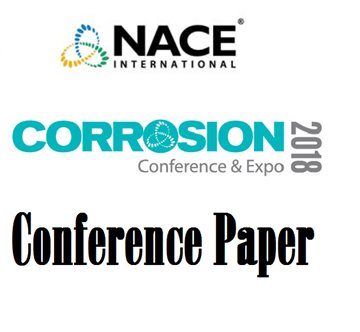Search
51318-10979-Pitting corrosion of steam generator tubing alloys in chloride solutions with thiosulfate additions
Also Purchased
51318-10990-Localized Corrosion of Mild Steel under Iron Sulfide Layers in CO2/H2S Environment
Product Number:
51318-10990-SG
Publication Date:
2018
$20.00
51318-10984-INFLUENTIAL FACTORS RELATED TO LOCALIZED CORROSION OF MILD STEEL IN SLIGHTLY SOUR ENVIRONMENTS
Product Number:
51318-10984-SG
Publication Date:
2018
$20.00
51318-10997-Effect of Alloying Elements on the Corrosion Behavior of Carbon Steel in CO2 Environments
Product Number:
51318-10997-SG
Publication Date:
2018
$20.00




